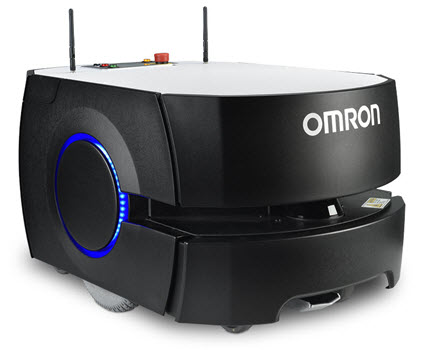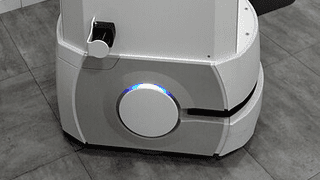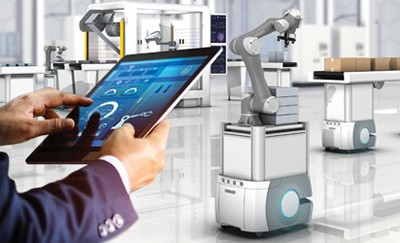Picking the Right Application for Mobile Robots
Ask an Engineer
We have a significant amount of Work-in-process or WIP and we rely on people to transport it around our production floor. Lately, finding employees for this role has been increasingly difficult. We would like to explore an AMR (Autonomous Mobile Robot) solution but what are the key factors that we should consider before trying to deploy this technology?
There are many factors to consider when choosing an AMR but here are 5 critical questions that need to be answered to help understand if you have the right application for an AMR.
Spencer Strickler, Sales Engineer at Mechatronic Solutions.
PRODUCTS
PRODUCTS
MANUFACTURERS
AUTOMATION SOLUTIONS
INFO CENTER
ABOUT US
SCHEDULE A
DEMO
What is the payload you need to carry?
While the AMR selected will have a maximum payload, that isn’t the only factor to consider. Shape and product material can often have as much of an impact on the application as total weight. This also affects the topper unit you will need to select; whether that’s a cart transport, conveyor, or fixed solution.
What is the Cycle Time Your Process Requires?
When implementing AMR’s the consideration of cycle time goes beyond the time it takes to go from point A to point B. You have to also factor in obstacles that may delay the robot, including foot traffic and fork truck traffic. Again, payload also plays an important role in determining how quickly your robot can move in relation to its top speed.
What is the Environment the AMR will operate in?
The environment can often be the biggest determining factor in whether or not you can deploy this type of technology. A manufacturing environment that has large wet spots, oil or other types of viscous material on the floor, cracks, large inclines, and stairs would disqualify any AMR.
Something else to consider is how dynamic your production floor is. In some cases, a rapidly changing environment can affect the performance of your AMR. As it relates to Omron, you wouldn’t necessarily need to make changes to your pre-configured map unless upwards of 40% of your map changes. That’s also why choosing a solution that has an easy to use mapping software like Omron, is important.
How will the AMR be triggered or communicate with other equipment?
Omron’s AMRs can be integrated using either industrial (PLC-based) or computer-based communication options. Depending on the number of robots and complexity of integration a Fleet Manager product may also be useful for coordinating with several (or many) robots. When a request for pickup trigger is received, the signal will be received by the primary controls (PLC or PC-based) and then a request will be sent to either a single robot or through the Fleet Manager (who will then identify the most readily available robot based on current availability, proximity to pickup location and remaining battery charge). The robot or Fleet Manager will respond to all requests to ensure the system is responding correctly.
Do you have the staff to implement this technology or will you require an outside resource?
Once you answer the first few questions, you will have a clearer understanding of the complexity of the deployment and whether or not your current staff can handle it. Often times, customers will establish a point person or champion who identifies use cases, leads the implementation, and establishes a team to support it.
Of course, not all companies have the capacity to support this type of technology and that is why it is important you align yourself with a solid technical partner both in distribution and integration.
Mechatronic Solutions
Mechatronic Solutions is a leading provider of Automation Technology in South Dakota, North Dakota, Minnesota, and Wisconsin. If you need cleanroom or lab automation, feel free to reach out, and one of our specialists can assist you in your workflow.





